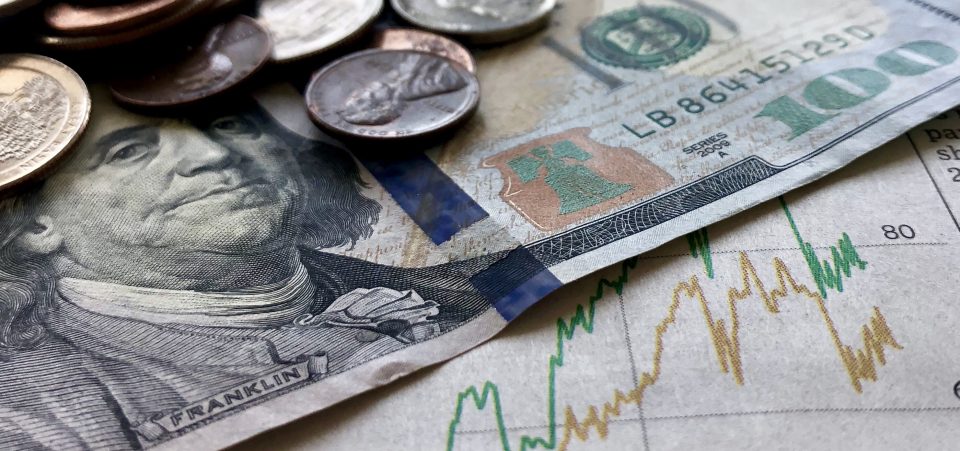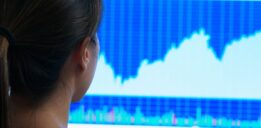Key Valuation Measures Say Stock Market Crash Could Be Around Corner
Another stock market crash could be right around the corner. Don’t get complacent. If you thought the crash in March was bad, the next one could be worse.
Right now, the stock market is roaring. Key stock indices are at all-time highs and investor sentiment is bullish. Each day, there’s some firm coming out with higher targets for the indices, and investors are buying shares in the hopes they’ll make money.
But have you looked at valuations lately? They’re in danger territory.
Look at the stock market to gross domestic product (GDP) ratio. It essentially tells us how expensive or cheap the stock market is relative to GDP. This is one of Warren Buffett’s favorite indicators.
The idea behind this indicator is very simple: companies earn their money from the economy. If the economy isn’t that great but the stock market is surging, it’s time to be cautious.
Currently, the stock market to GDP ratio stands at 176%! (Source: “Buffett Indicator: Where Are We with Market Valuations?” Gurufocus, last accessed November 17, 2020.)
What does this 176% figure really mean? When this ratio is below 73%, it’s a sign that the overall stock market is significantly undervalued. When the ratio is between 93% and 114%, it means the stock market is trading at fair value. Anything above 135% means the market is extremely overvalued relative to the economy.
At 176%, the stock market to GDP ratio says the market is well beyond overvalued. One could even say the market could be entering a euphoric state.
Stock Market Is Extremely Overvalued
Here’s the thing: don’t just take that one valuation measure and run with it. Other valuation measures of the stock market suggest the exact same thing, that the stock market is overvalued and that things may not end well. A stock market crash could become a possibility.
Look at the cyclically adjusted price-to-earnings (CAPE) ratio, for example. This ratio is a much better valuation measure than the plain vanilla price-to-earnings (P/E) ratio. The CAPE ratio takes seasonality and business cycles into account.
Currently, the CAPE ratio stands at 31.6. (Source: “U.S. Stock Markets 1871-Present and CAPE Ratio,” Yale University, last accessed November 17, 2020.)
The historical-average CAPE ratio is around 17. At its current level, the ratio suggests that the stock market is overvalued by about 86%.
Do This to Prepare for Next Stock Market Crash
Dear reader, let me make a few things clear:
Valuation measures aren’t timing indicators; they aren’t like an on/off switch. If valuations reach a certain point, a stock market crash doesn’t just happen all of a sudden. Valuation measures don’t work that way. More than anything, they tell us that something wicked this way comes.
The higher the valuations, the more careful investors need to become. Keep this in mind: while valuations don’t tell us when the stock market crash could be, they do indicate that the odds of it happening are getting stronger.
As such, be very cautious. When valuations are extremely high, it’s not the time to go all in; it’s time to pause and reflect. It may not be a bad idea to trim some positions, set stops, and be super-selective. The irrationality may take the stock market higher, but if investors panic, the last thing you want to do is give away your gains.






